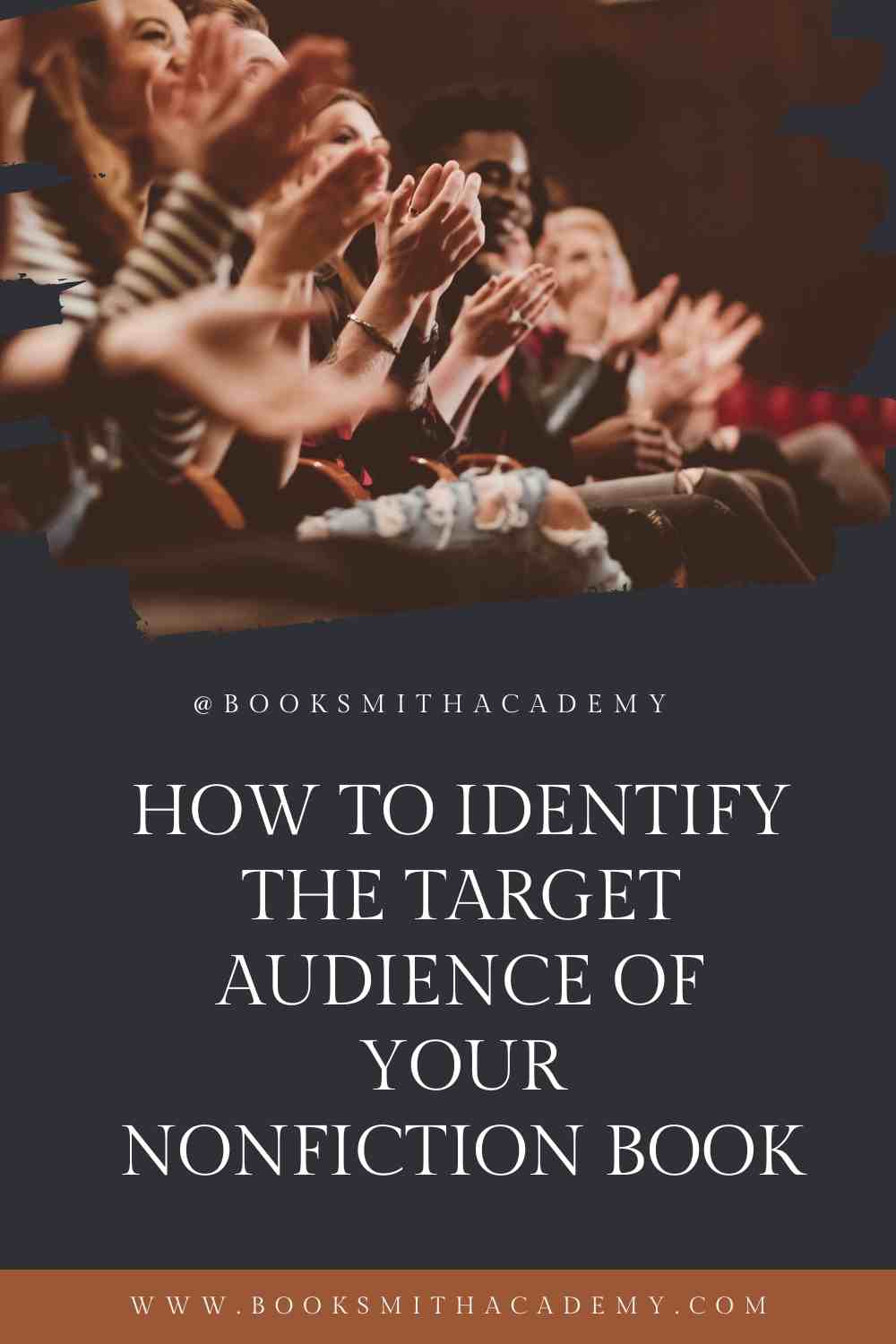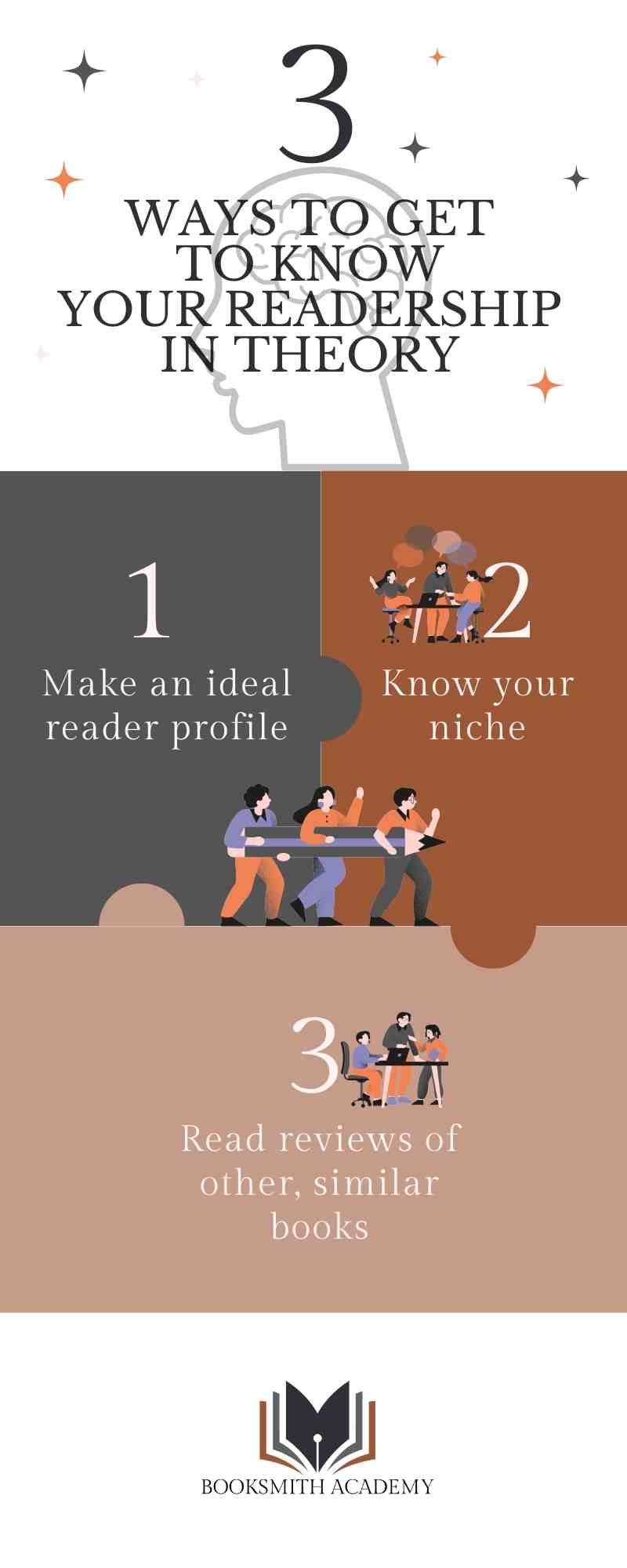
Getting to know your target audience
Books are written to be read. Imagine! So writing your book without a thought for your reader and expecting them to like it all the same would be like knitting your friend a jumper without checking their size, style or colour preference. It would be all kinds of wrong.
But who is your readership and how do you find them? Let’s take a look.
How do you know who your book is for?
It’s all well and good saying you have to bear your reader in mind, but how do you know who’s going to read your book?
Truth is, you don’t.
That would take some next-level crystal ball whizztrickery that no amount of fairground tokens could buy.
Once your book is released into the wild, you’ve no way of knowing who it will find. All you can do is prepare it the best you can to give it the greatest chances of sniffing out a strong match.
To lean on another analogy a little, identifying your target audience is a guessing game. But a guessing game with a cheater’s advantage. You see, if you are prepared, you can have a few cards up your sleeve. And once you know how to use them, you increase your chances of getting to know the kinds of people who will want to read your book.
3 ways to get to know your reader – in theory
There are several things you can do to identify your reader in theory. We’re going to look at three ways of imagining the kind of person who would read your book in a hypothetical world, based on what you know about your book and your expectations.
(1) Make an ideal reader profile – By asking yourself questions like the following, you can piece together a profile of the average person in your expected readership.
- What age and sex are they?
- What do they do for a living?
- What do they do in their spare time?
- What problem does my book solve for them?
- Why do they need to read my book?
- What prior knowledge do they have of the subject of my book?
(2) Know your niche – Define your book’s genre as specifically as you can (e.g. a book about flipbook art wouldn’t just be an art book, it would be art > drawing > animation). It might seem counterintuitive, but the tighter your niche and therefore the more tightly defined your target audience, the more likely your book will appeal to more people. Instead of writing and marketing it for, in our example, artists generally, and it likely getting overlooked in a sea of artbooks, you can focus your content on what your specific target group – say, teenagers with an interest in animation – would want to find in your book and in a format that would appeal most to them.
(3) Read reviews of other similar books – Once you have a clear niche, you can look for other books of a similar ilk and find out who’s reading them. Read the reviews online for those books and find out what kind of people are commenting and what they like/dislike about these books that are already published. This will help you to identify which audience your book is going to appeal to.


3 ways to get to know your reader – in person
Identifying a theoretical audience for your book and creating imaginary ideal readers can be very helpful, but if you can’t think of a single real person in your life who’d fit that profile/description, then there’s a small chance that person doesn’t exist.
Another pitfall to working with hypothetical readers is that you can mould their profiles to suit what you want to write and indulge your whims; whereas, if you had a real person you were writing for, you’d know how to tailor your content to meet their needs. But how do you find your real-life reader?
(1) Look to your network – Who in your family, friends and colleagues would want to read your book? (And not just because they’re supportive of your writing endeavours!) Who is genuinely interested in the subject you’re writing about? Why would your book appeal to them? What are they struggling with that your book might help them overcome? If you could answer these and other questions based on a person in your network, you have found yourself a real-life target audience member!
(2) Ask your network – If someone from your direct circle of friends/family/colleagues doesn’t fit the profile of an interested reader for your book, ask them if they know anyone who would want to read your book or help you shape the content. The chances are, if you don’t know someone, they will!
(3) Find your forum – Join online or in-person groups with an interest in the subject you’re writing about. Post questions about your book’s content and ask who would be interested in reading it. Watch your target readership come out of the woodwork!
And once you’ve found your real-life audience, use them. Test out content on willing critics. Shape your book according to actual feedback from a sample of your likely actual readership and see where it takes you.
For a reminder of why it’s important to know who you’re writing for, take a look at our blog on audience research for nonfiction writers.
For more writing tips and advice on wellbeing for writers, check out our other blogs and sign up to our bi-monthly Booksmith Academy newsletter.
If writing more is one of your goals for this year, join us in our new membership for writers and booklovers, InkWell Scribes, where we’ll be sharing our love of all things nonfiction and writer wellbeing in a like-minded and passionate community.

